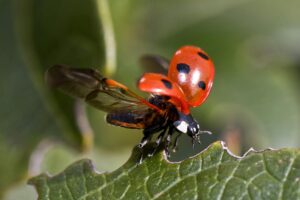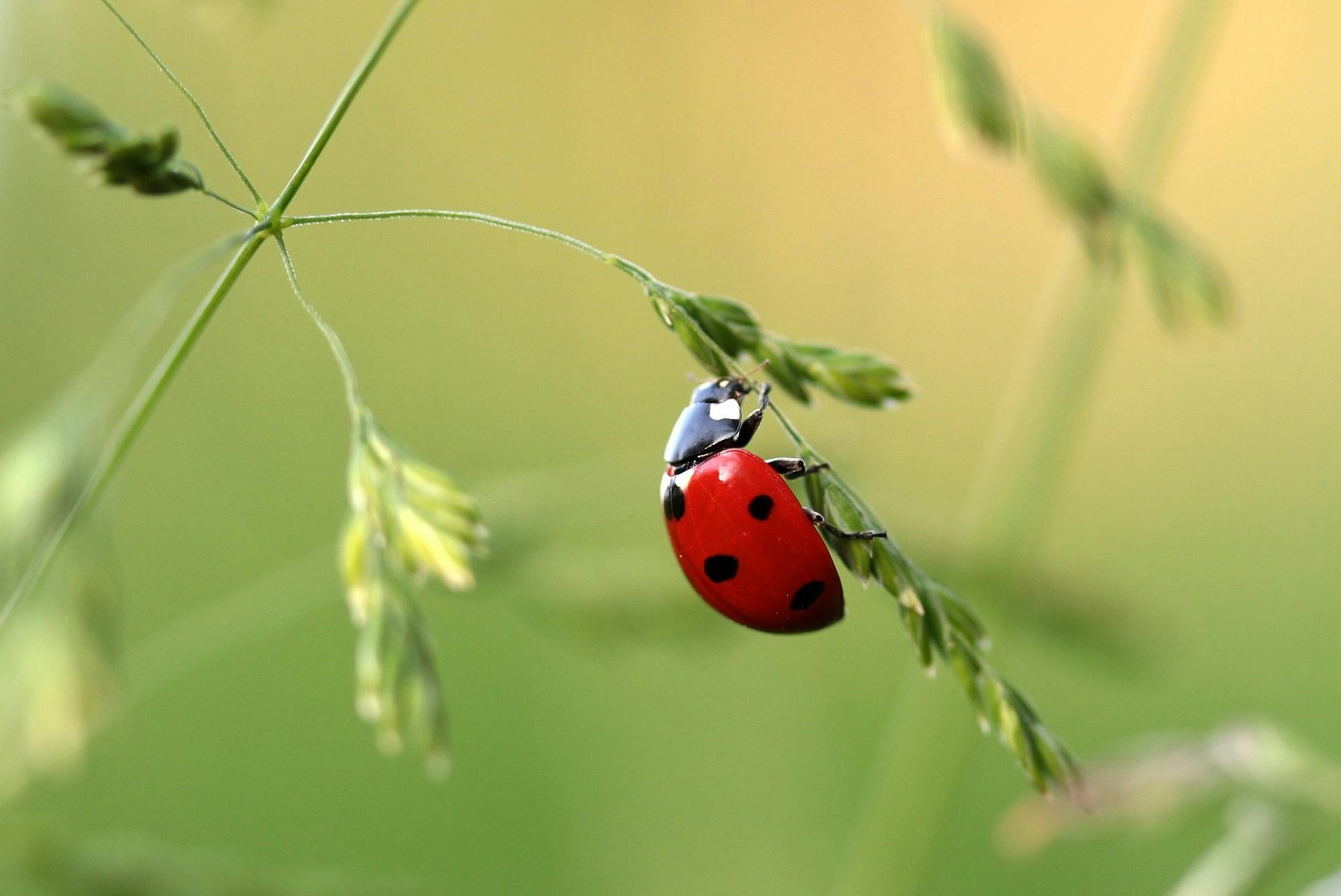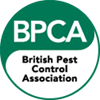Coastal towns in Essex, from Southend and Clacton-on-Sea to Colchester, have recently seen an unusual surge of ladybirds (flying insects with red and black-dotted shells) gathering in their hundreds, often clustering on walls, windows, and garden sheds. Here’s what’s behind this July 2025 phenomenon—and why there’s no need to panic.
Why Are Ladybirds Swarming Now?
Emerging from winter hibernation
As temperatures warmed in spring and early summer, ladybirds—especially invasive harlequin species—awoke from hibernation and began to swarm as they sought mates and breeding sites. Seaside towns provide moisture in the air alongside warm weather to attract these brightly-coloured insects.Aggregating for safety and reproduction
Ladybirds naturally cluster in sheltered spots (like homes and rock crevices) for warmth and protection. As they regroup, hundreds may gather in a single area.
These are seasonal movements tied to their life cycle—not a new threat—but they can certainly be startling when they appear en masse.
Are These Ladybird Swarms Dangerous?
Typically not. Their gatherings are benign—they don’t bite (unless handled improperly, and if they do it is mostly harmless and can be easily washed), don’t spread disease to humans, and they don’t damage property.
That yellow fluid they sometimes release when threatened? It’s just a harmless defence mechanism—and might stain—but is chemically safe.
🌿 Why Ladybirds Matter: Nature’s Little Guardians
Often referred to as the gardener’s friend, ladybirds are fantastic natural pest controllers:
They prey on destructive insects like aphids (greenfly) and blackfly, protecting plants and crops without chemicals.
They serve a vital ecological role, much like bees or ladybirds, by keeping pest numbers down and supporting healthy garden ecosystems.

🐜 Harlequin Ladybirds: A Growing Coastal Presence
Most of the ladybirds seen during these swarms are the invasive harlequin species (Harmonia axyridis):
Introduced in the UK in 2004, they’ve since become widespread, displacing many native ladybird species.
They deploy what’s known as sexual predation: during mating, they transmit a fungal STD (Laboulbenia) that can infect and kill native ladybird species, reducing competition.
They’re also known to prey on the eggs and larvae of other ladybirds—further helping them dominate local populations.
✅ Should You Be Concerned?
Not at all. Here’s what you can—and should—know:
| Concern | Facts | Advice |
|---|---|---|
| Health risks | Extremely minimal | No diseases affecting humans and bites almost harmless |
| Garden impact | Positive | They reduce aphids, boosting plant health |
| Property invasion | Mild nuisance | Gently usher them outside if needed |
If they move indoors, simply open a window or door—they’ll usually fly off on their own. If a few linger, gently sweep them up and release outside.
🧡 Final Thoughts
Ladybird swarms across Essex are a natural, seasonal event—a sign that spring is in full swing, not a cause for alarm. They’re harmless, even beneficial, contributing to natural garden pest control.
If you’d like suggestions on welcoming them into your garden (planting aphid-friendly shrubs, bee-friendly flowers, or butterfly and ladybird boxes), Pest ID is happy to help. We’re committed not only to pest management—but also to promoting environmentally beneficial insects.









